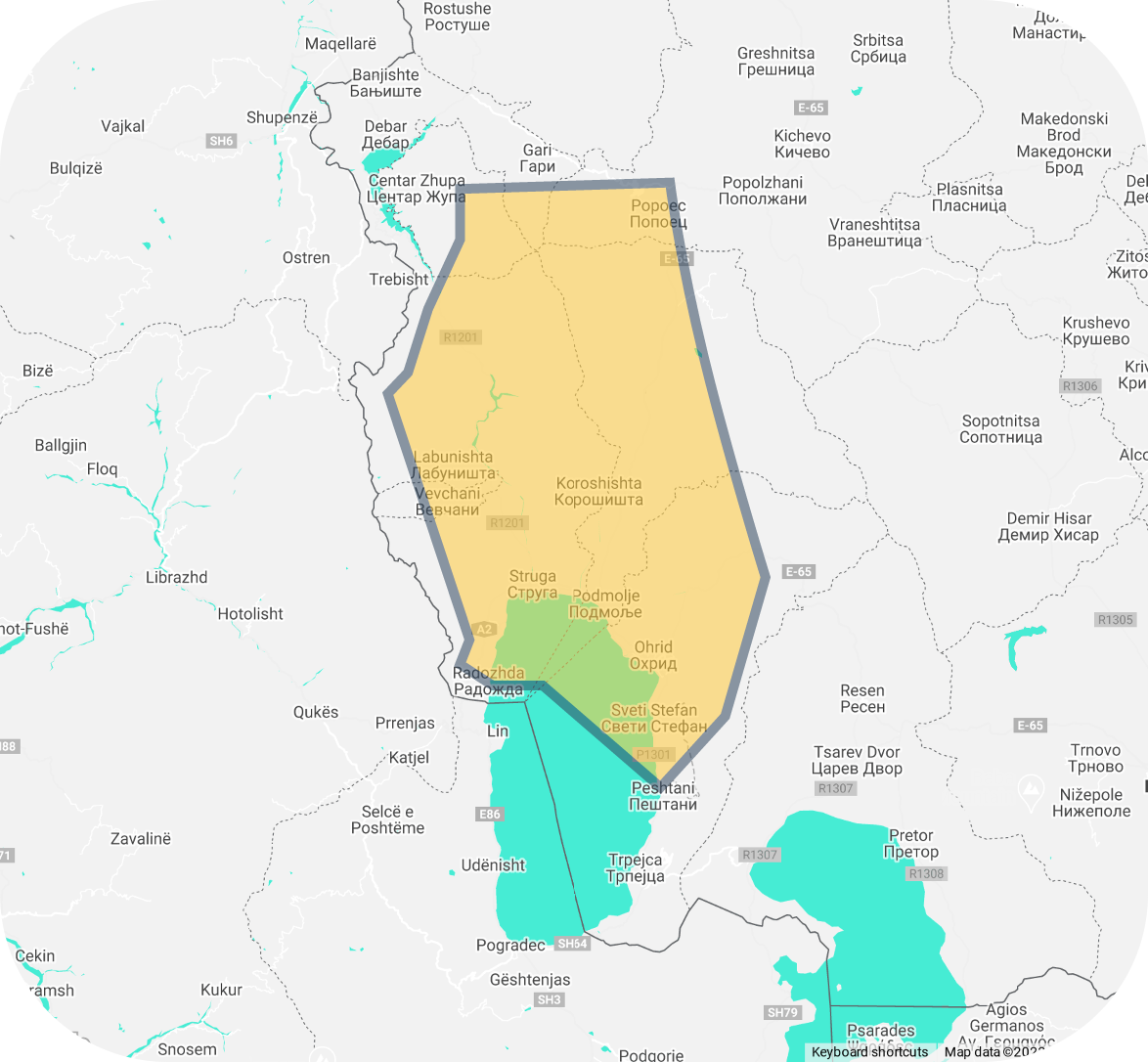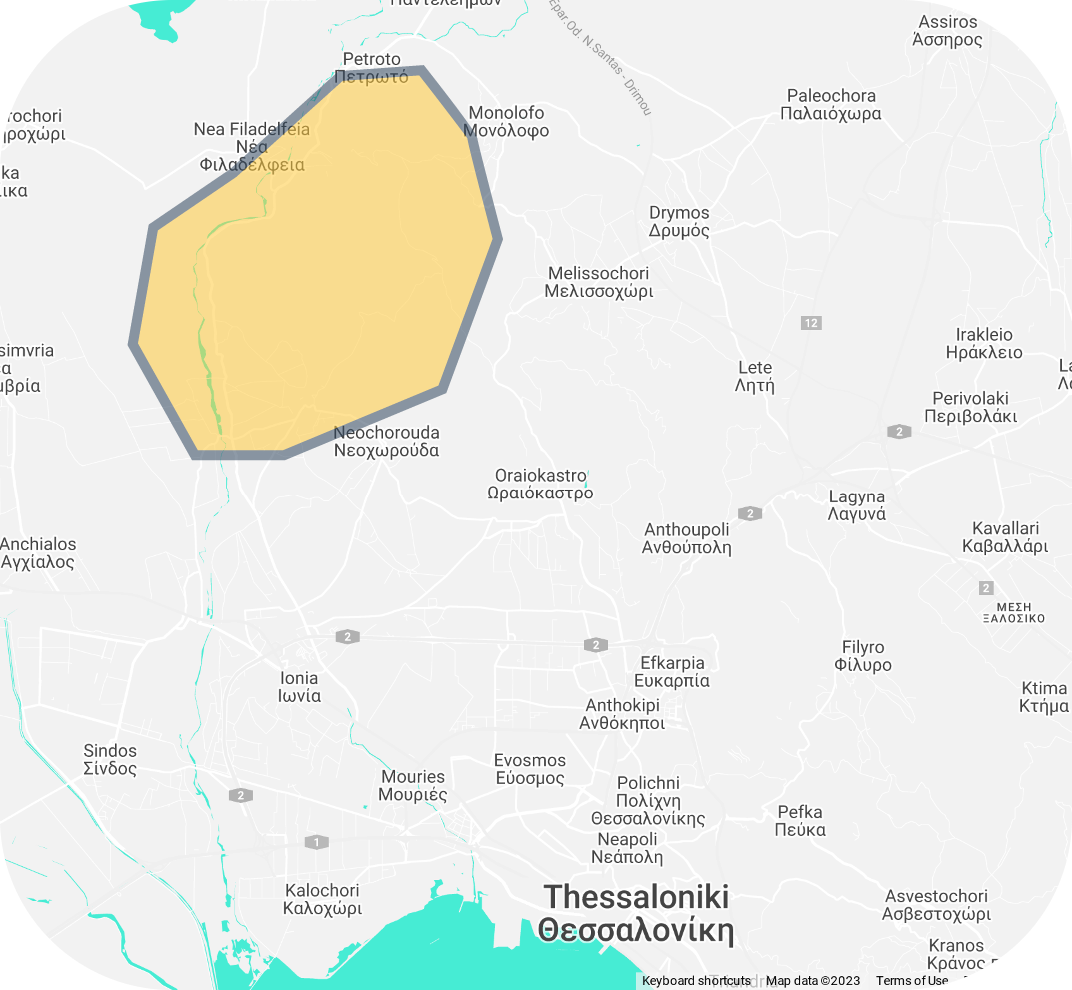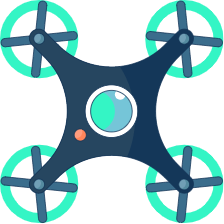Design and develop
an innovative drone-delivery fleet management system
Automate
drone navigation operations by integrating state-of-the-art technologies
Assess
three types of drones on delivery parcel size/weight and distance
Implement
Drone as Service (DAAS) model principles
Rural logistics
The UC5 will focus on delivering a cargo mass between 0.1 to 7 Kg and on a travelling distance up to 45 km, approximately. Extensive testing will be done in Greece and the system will be deployed in North Macedonia at the demonstrator areas of Ohrid and Kuklish. Scope of the tests prior to demonstrator is to assess the performance of proposed drone systems under fundamental external factors that are expected to have significant impact on the drone’s performance.
Those factors are:
- Ambient temperature, humidity, elevation and atmospheric pressure that all together are defined as Density Altitude.
- Wind speed.
- Drone optimal efficiency in respect to the payload weight.



Technical Requirements
Pilot Area
Area: North Macedonia Centre of deployment
Vevchani 3 connection points
Orange area

Test Area
Area: north-east of Thessaloniki, Greece.
Prior to first deployment in North Macedonia,
extended testing was conducted in the area.




- 4-rotor multirotor custom-made drones based on Pixhawk autopilot technology being able to carry small mass cargo, up to 2kg and a maximum distance up to 5km.
- A helicopter drone (VELOS). This drone will be able to carry big mass cargo up to a maximum of 10Kg and distance 30Km, approximately. Figures and exact architecture need to be defined after running our simulation algorithms.
- A hybrid VTOL fixed wing drone based on Pixhawk autopilot technology. This drone will be able to carry a cargo mass up to 2.5kg for a maximum distance of 60km.

- Camera Unit
- Raspberry Pi 4 Processing Unit
- Cargo Release Unit
- Android Smartphone

Methodology
- Travelling Salesman Problem (TSP)
- Dijkstra's algorithm














